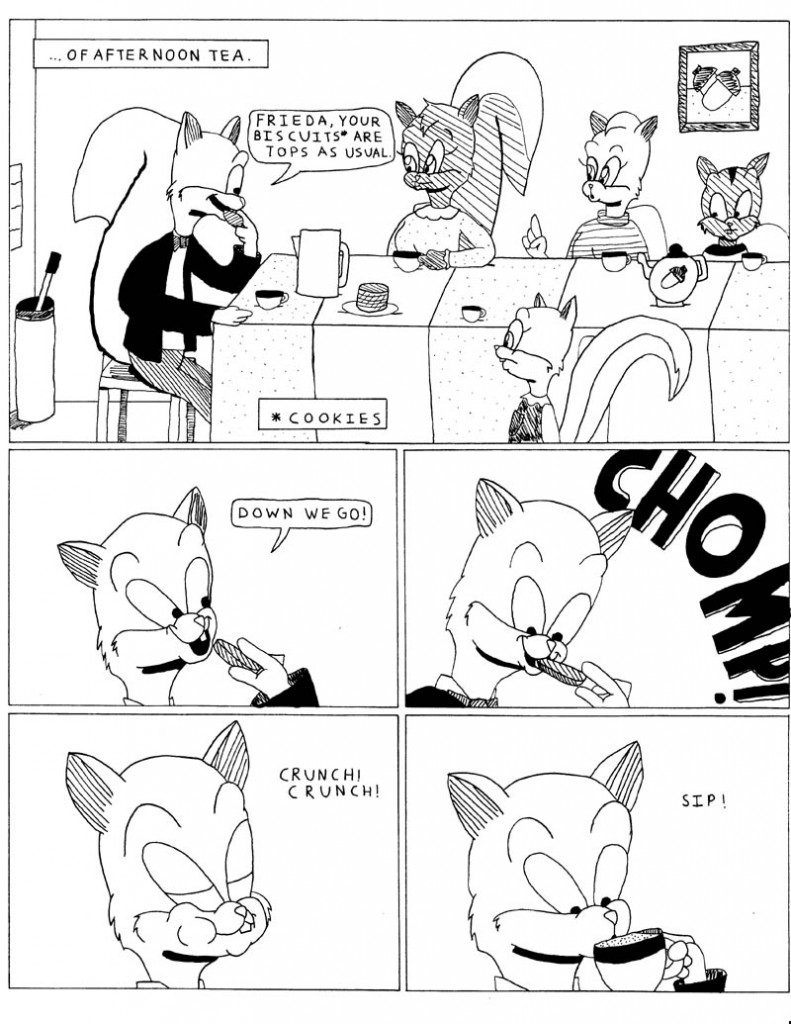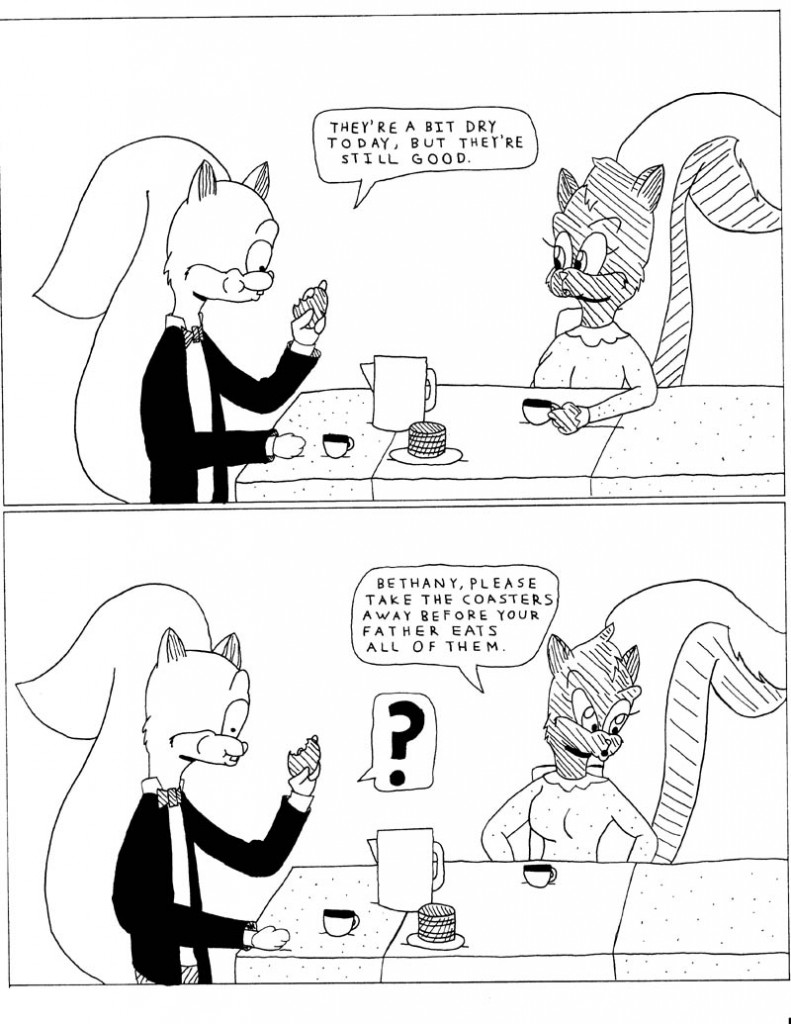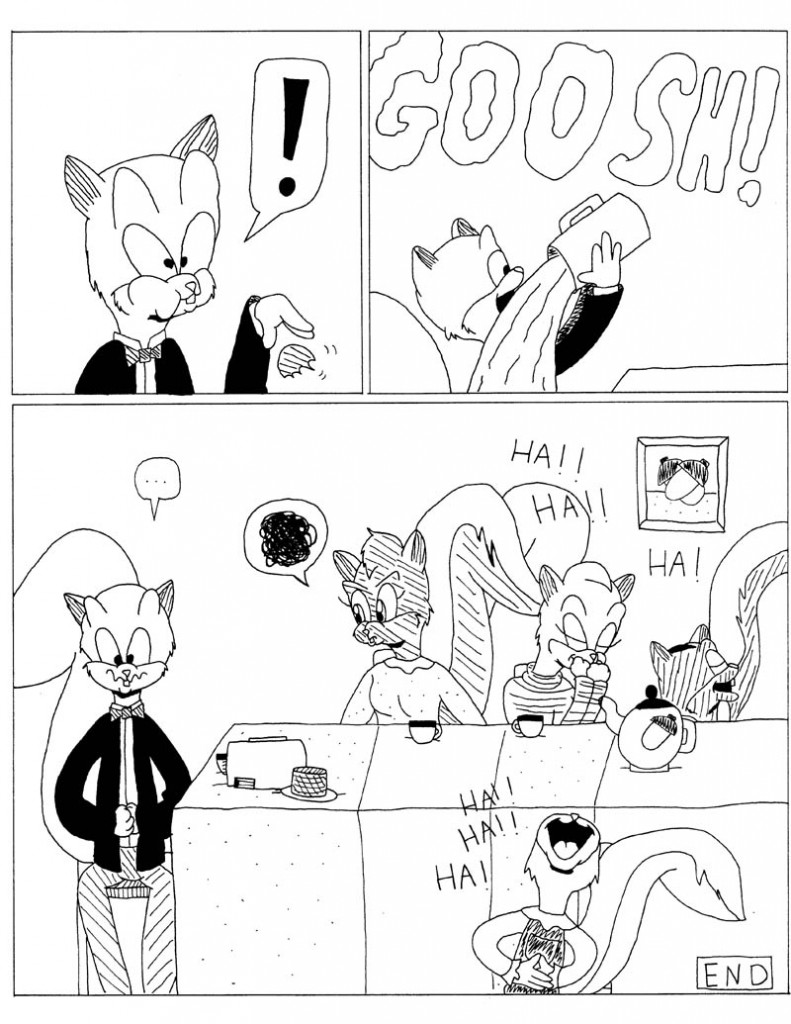The last two weeks features the first part of how to make comics – getting ideas. Once you get ideas…then what do you do? For those of you who said you start drawing…WRONG! Flag on the play, ten yard penalty! The next step to making a comic after you get your idea is to write the story.
The writing is just as important as the drawing. The rule is in comics that strong writing helps weak art. That’s always the way it’s been. There have been beautifully rendered comics out there that had lousy stories, bad jokes, and/or weak characters. Likewise, there are comics out there with minimal or simplistic art that are very well written. In fact, many of your newspaper comic strips are that way. Check out Charles Schulz’s classic masterpiece Peanuts; those comics had very minimal art. Yet the jokes worked well and the subtleties of human nature were captured superbly in the universe of Charlie Brown and company.
That said, how do you go about writing a story for comics? Perhaps we’d better turn to the ancient Greek philosopher Aristotle. This greatest of the great Greek geniuses (whose ideas have formed the backbone of Western civilization) came up with a famous text called Poetics, intended as an analysis of dramatic and literary theory. It’s a good read for anyone wanting to break down what constitutes a good story…but for those of you who want the idea in a nutshell, I’ll give it to you straight. Each and every story out there (be it a comic, film, novel, play, etc.) needs two vital pieces to work: a reversal of fortune and a recognition of reversal.
The reversal of fortune is when the character or characters see their situation go from good to bad or bad to good. Recognition of that reversal is also important; that’s when the character finds out that things went from bad to good or good to bad. Hmm, is that too complex to understand? I’ll give you an example. Let’s take Star Wars Episode IV: A New Hope. The reversal of fortune is farm boy Luke Skywalker destroying the Death Star – which would be from bad to good. The recognition of that reversal comes with the awards ceremony where Luke along with Han Solo and Chewbacca receive medals for their valor. Now let me give you an example in comics. I’ll post up three of the five pages from my short comic, Tea Time.
Wasn’t that funny? Now, can you spot the reversal of fortune and recognition of that reversal? I’ll give you a minute…time’s up! The reversal of fortune was from good to bad and it happened when Frieda Talbot revealed that her husband was NOT eating biscuits, but actually eating coasters. The recognition of that reversal was when Matthew reacted when he found out what he was eating – in this case, it was dropping the coaster and chugging down the water pitcher. This is just one example of what Aristotle called the reversal and recognition. Study other comics too like spot gags, comic strips, superhero stories, graphic novels, etc. to see if you can spot reversal and recognition. It’ll give you a good example to go by and it’ll improve your writing skills.
Unfortunately, I’ll have to end my post here this week. I don’t want to put it all into one post as that would be overkill. Next Wednesday, I’ll talk a little more in depth about writing a story, how I put together one of my stories, and some resources you can check out.
If you have any questions or comments, feel free to post them up here. Subscribe via RSS feed or email if you haven’t already and don’t forget to swing by the store section to pick up art prints and get your copies of the Sunnyville Sketchbook and Sunnyville Stories episode 2. Tune in next week, loyal fans, for more stuff on writing comics. Same Bat time, same Bat channel!





Pingback: How to Make Comics: Thumbnails and Layouts | Sunnyville Stories